February 4, 2021
This Week in Herreshoff History: February 4
Cup Defenders keep the shops busy through the winter, steam yachts launched and hauled, big pours and employee perks

February 1, 1895
Much Herreshoff activity is reported in the Bristol Phoenix on this day 126 years ago! There is plenty of buzz about this year's Cup Defender, the as-yet-unnamed DEFENDER (HMCo. #452), and the Phoenix reports that steel workers from the VIGILANT (HMCo. #437) build two years prior have been engaged. Additionally, the 20 rater NIAGARA (HMCo. #451) for Howard Gould is almost complete, and yet again the night watchman's sentry box is in place to keep prying reporter eyes from seeing too much Cup Defender. Lead pigs and oak and pine stock are also arriving by the train-car-load.
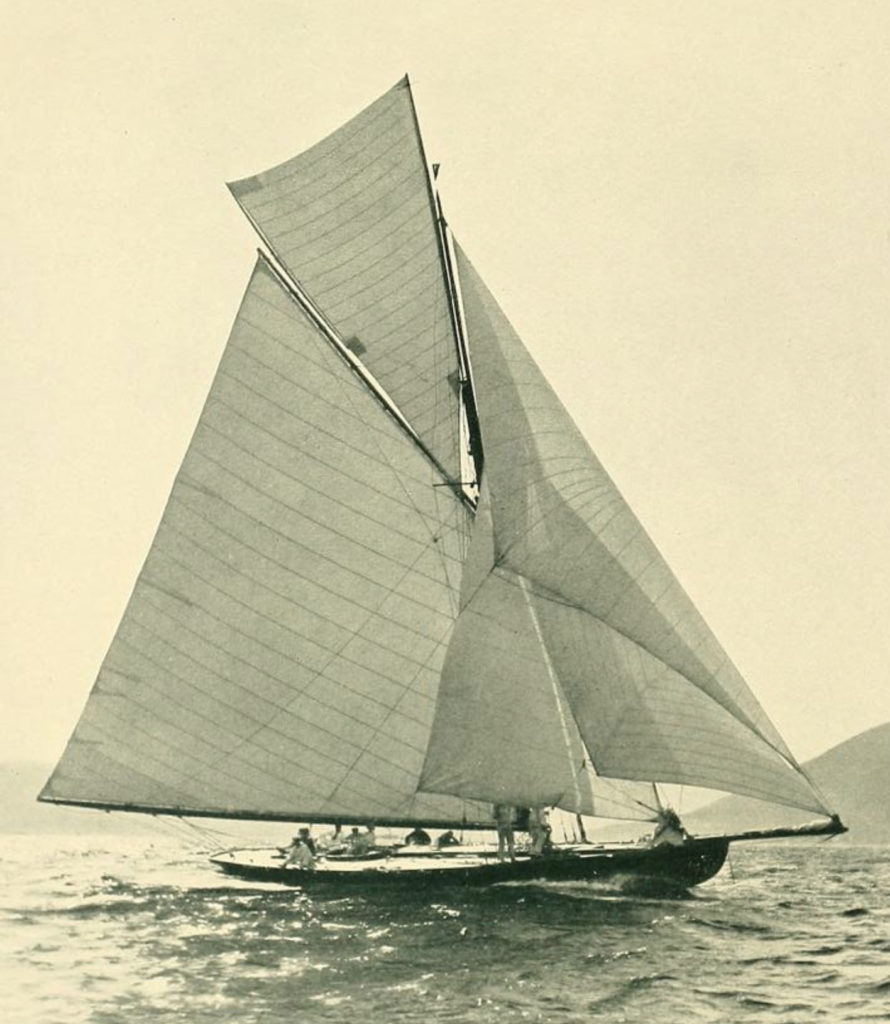
NIAGARA (HMCo. #451) under sail 
DEFENDER's launch, June 1895 
VIGILANT (HMCo. #437) (center) and VALKYRIE (left). Howard Gould's father, Jay Gould, owned much larger yacht,ATALANTA pictured at anchor here; HMM archive
February 4, 1903
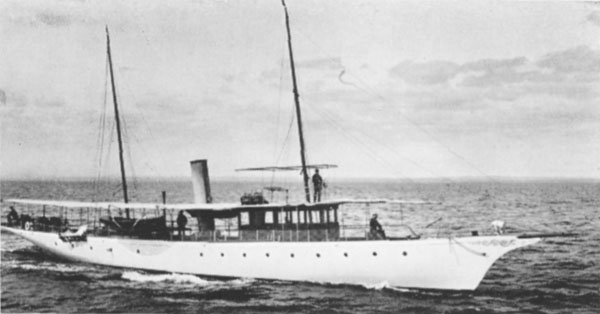
On this day 118 years ago the steam yacht WANA (HMCO. #230) was launched. The Bristol Phoenix reports that the launching was conducted without fanfare. In fact, it was more a resolution to a parking problem than a ceremonial event: WANA was to be towed around to Walker's Cove where she'd be hauled again straightaway to be fitted out in storage over the remainder of the winter, thereby freeing up the North Construction Shop for other projects. Meanwhile, the Phoenix reports that HMCo. #605 (the not-yet publicly named RELIANCE) is being "rushed along," and the shop is readying to pour the keel for M.T. Plant's INGOMAR (HMCo. #590). The paper includes an interesting detail in reference to the upcoming pour: the mold that would hold some 60 tons of lead would be "banked up with earth in the same manner as the keel for the cup defender" which had been poured on November 26, 1902. The thought of a mold letting go while pouring 60 tons of molten lead (or in RELIANCE's case, more than 100 tons!) is galling, to say in the least...
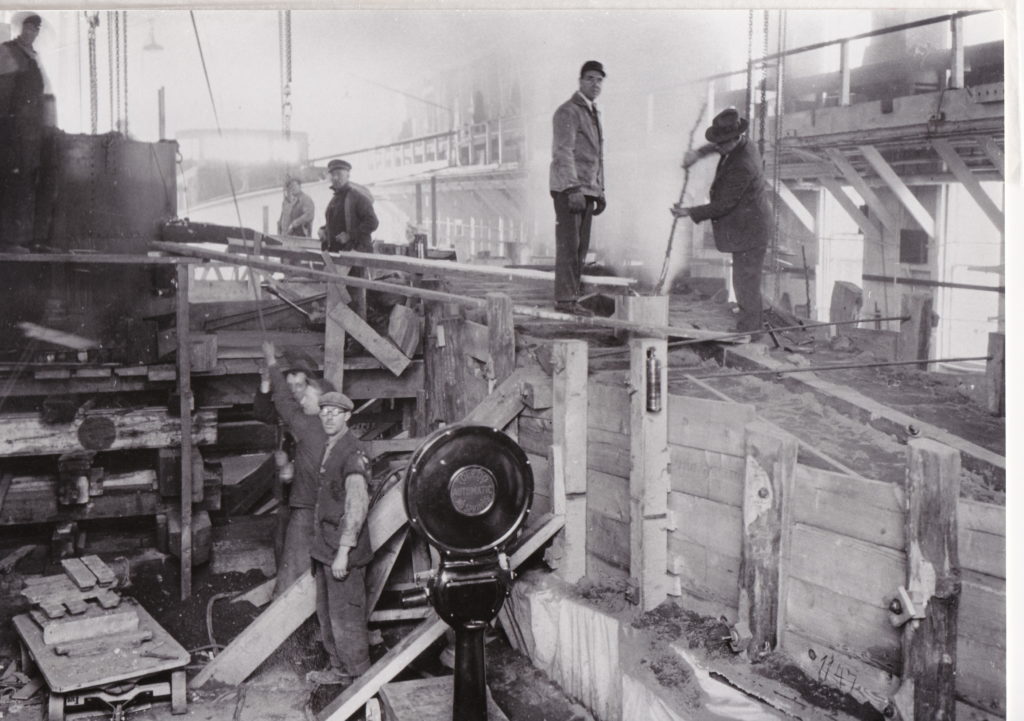
February 3, 1905

The Bristol Phoenix reports that HMCo. employees are very much enjoying their new after-hours reading and recreation room, provided to them by their employers and soon to contain a $300 piano. Despite the fact that references to serious bodily injury on the job are frequently reported in the Phoenix, and furloughs and cut hours were common when work was slow, HMCo. was considered to be an excellent place to work in its heyday. Perhaps it was not any riskier than any of the other factory or industrial jobs available in Bristol during this period, and periods of inactivity were to be expected. Many employees were loyal, working at HMCo. for decades or even their entire lives. Reports of grievances appear only very occasionally in the paper. On the other hand, frequent reports of extracurricular activities - a bowling league, the Herreshoff Marine Band etc. - in the Phoenix also suggest that the workmen of the yard socialized and enjoyed one another's company outside of work. There are also frequent mentions of remembrances of fellow employees, cards of condolence, and celebrations of marriages by coworkers, and the occasional Christmas party. Though we so often focus on J.B.H. and N.G.H. as the minds behind the business, it is an absolutely indisputable fact that HMCo. would not have enjoyed such success were it not for its talented and dedicated workforce.
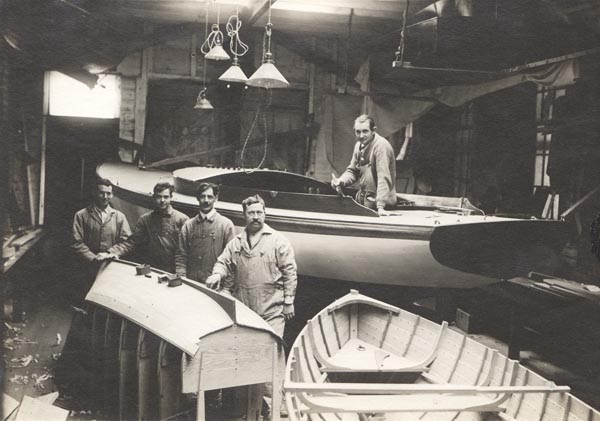
1913 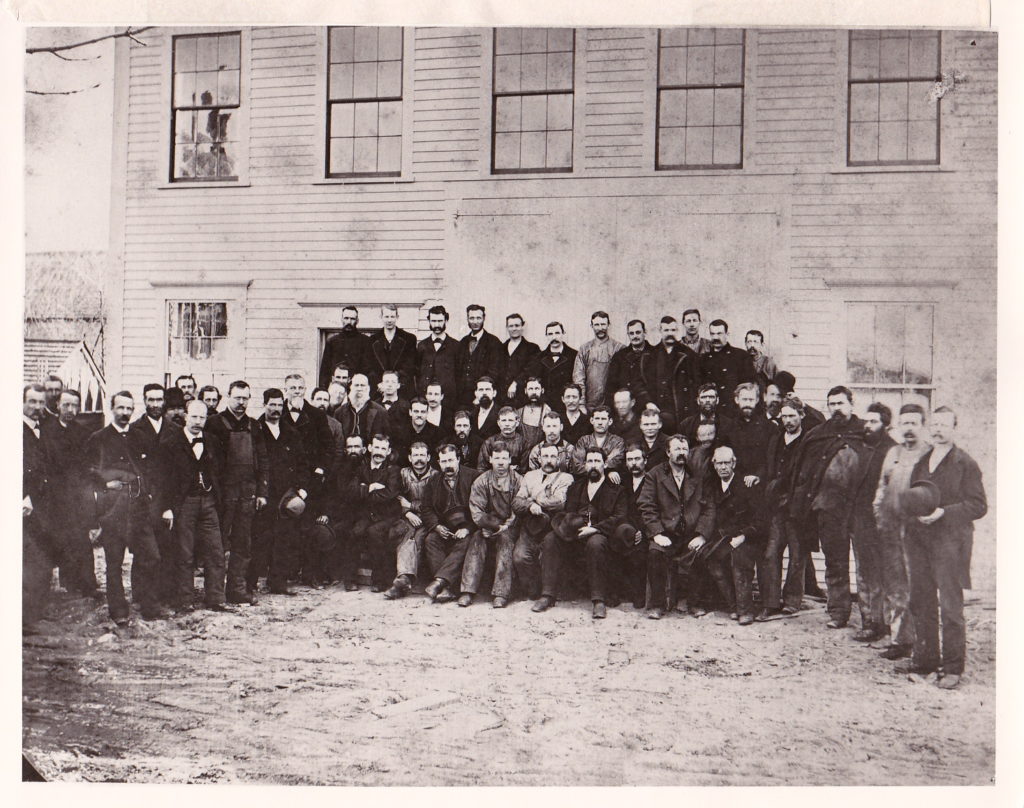
1882 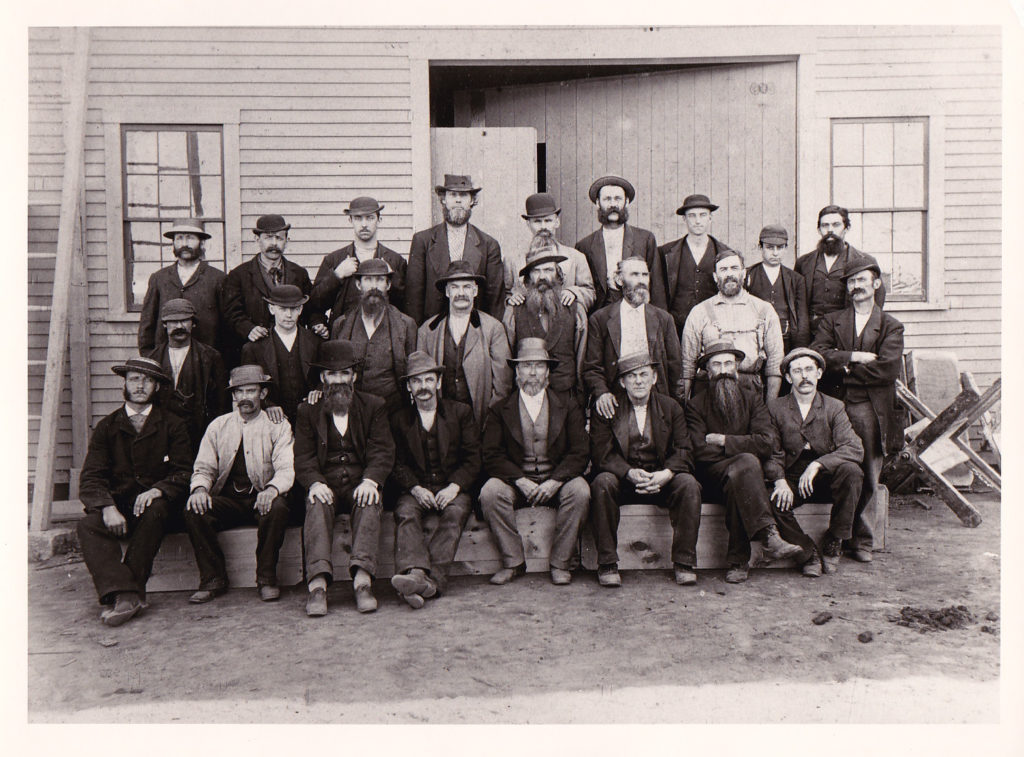
ca. 1880
